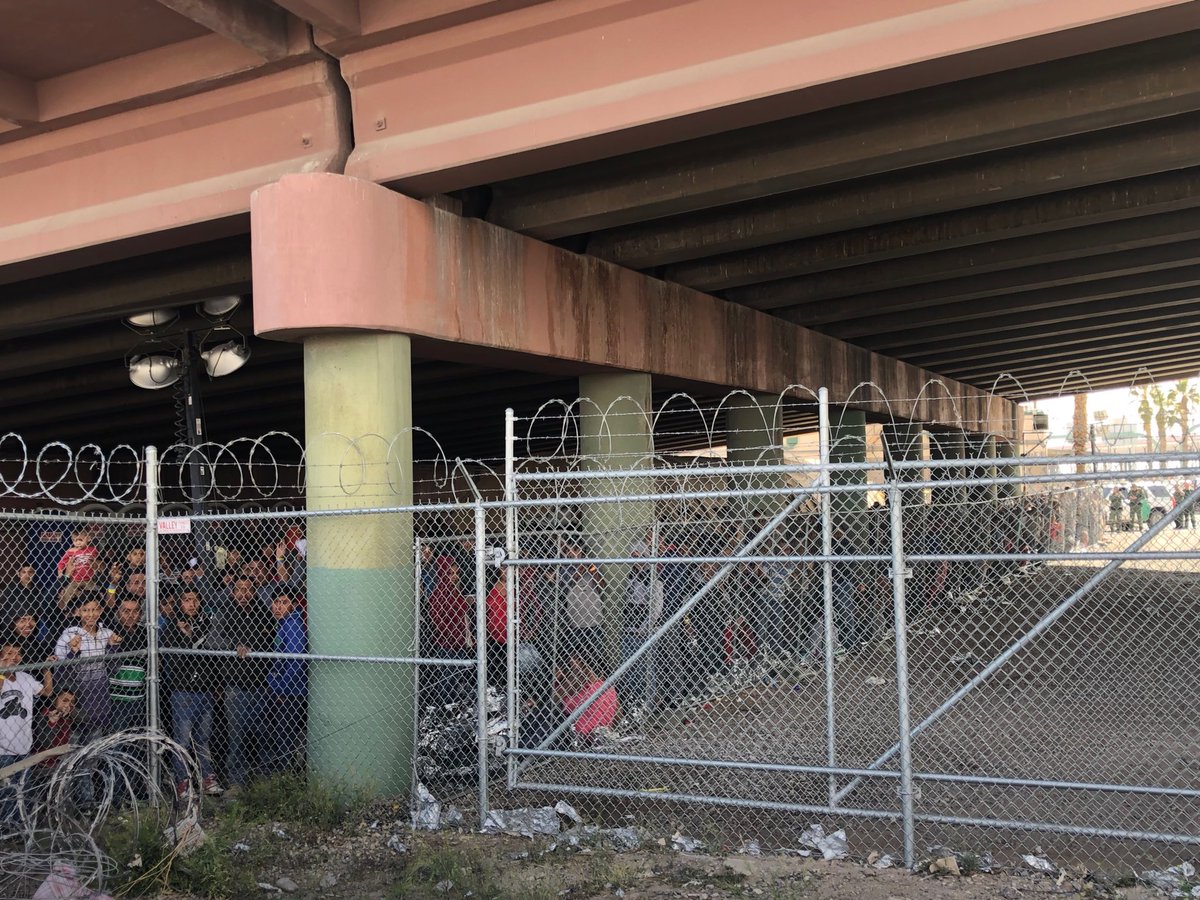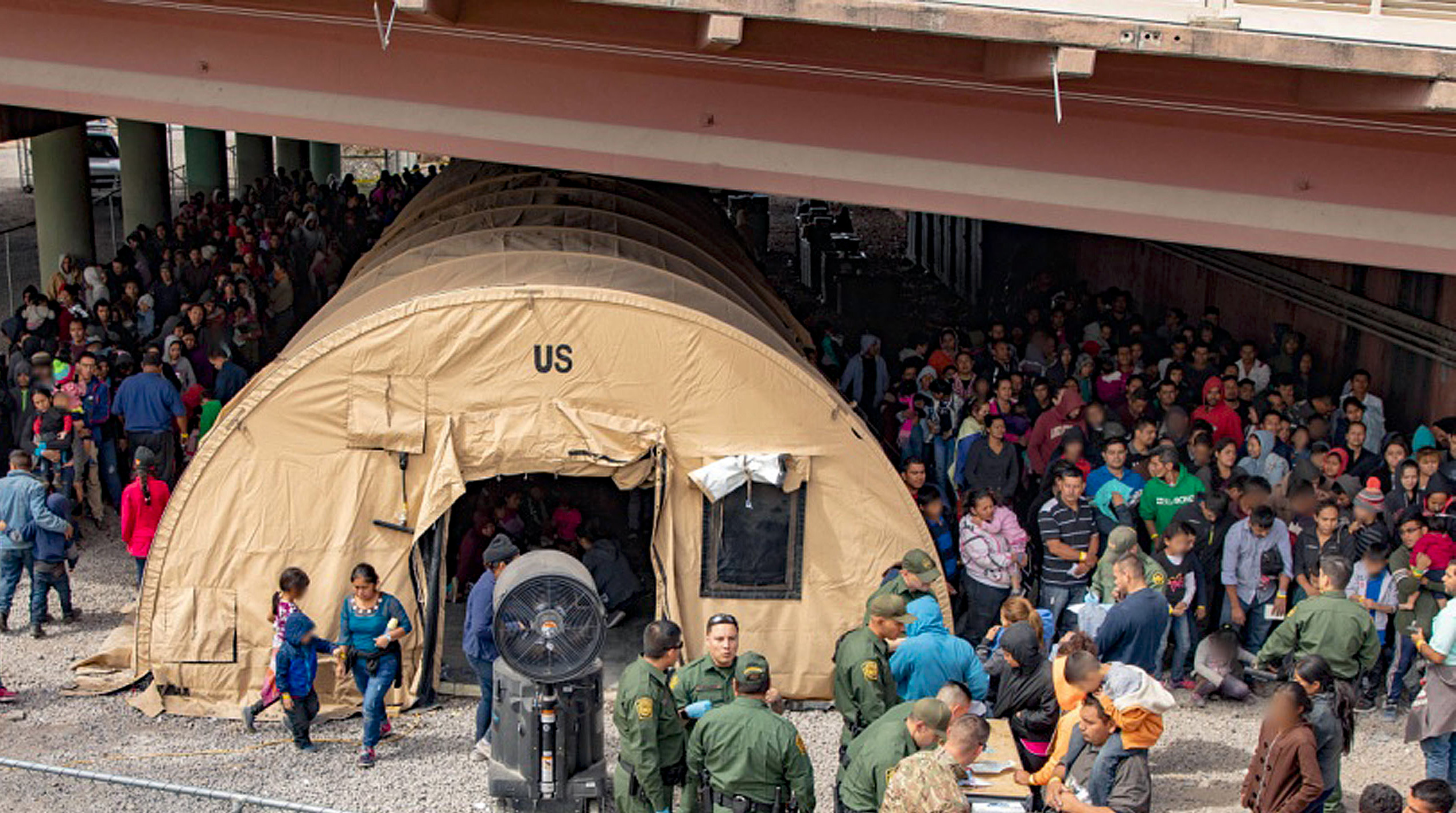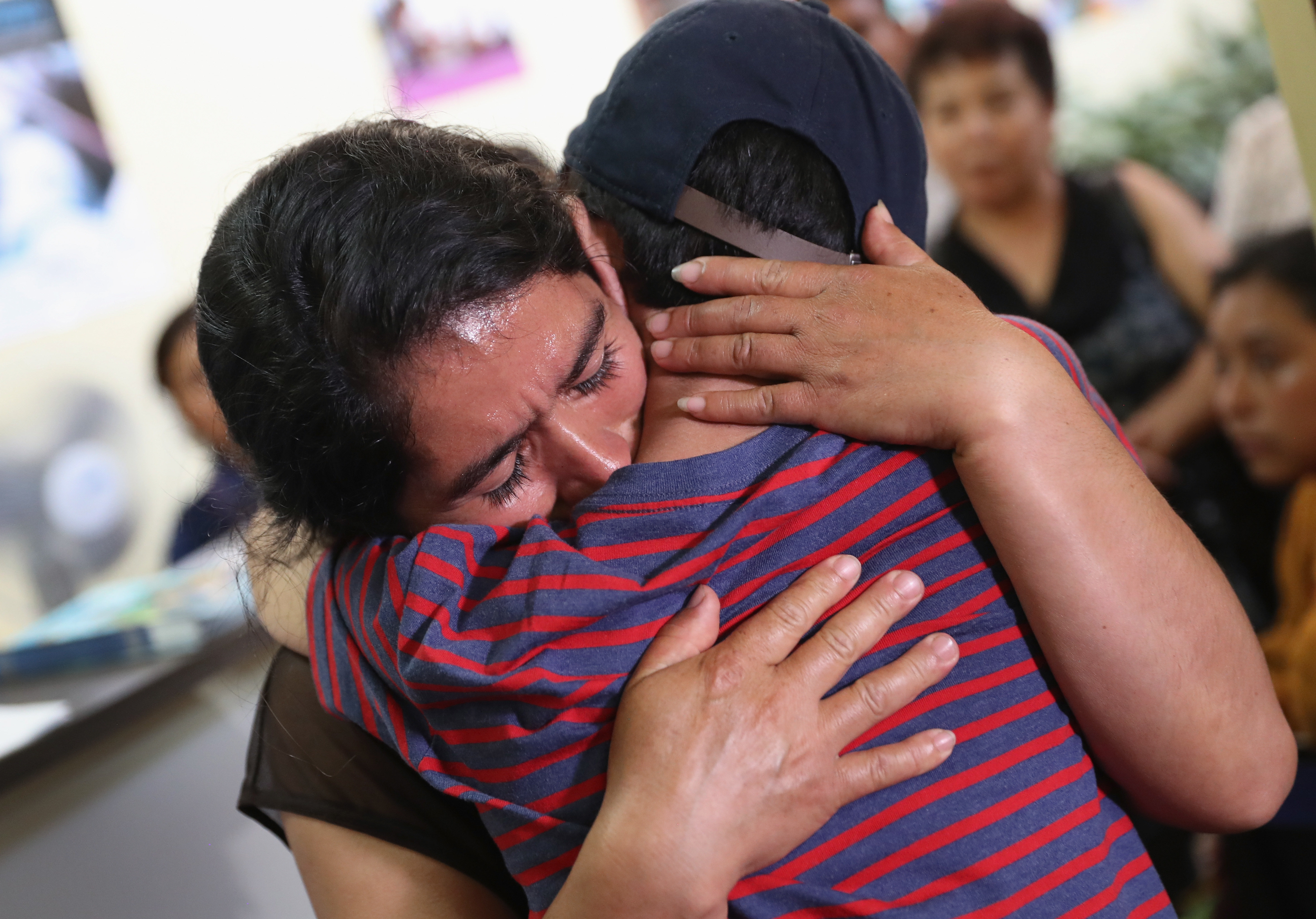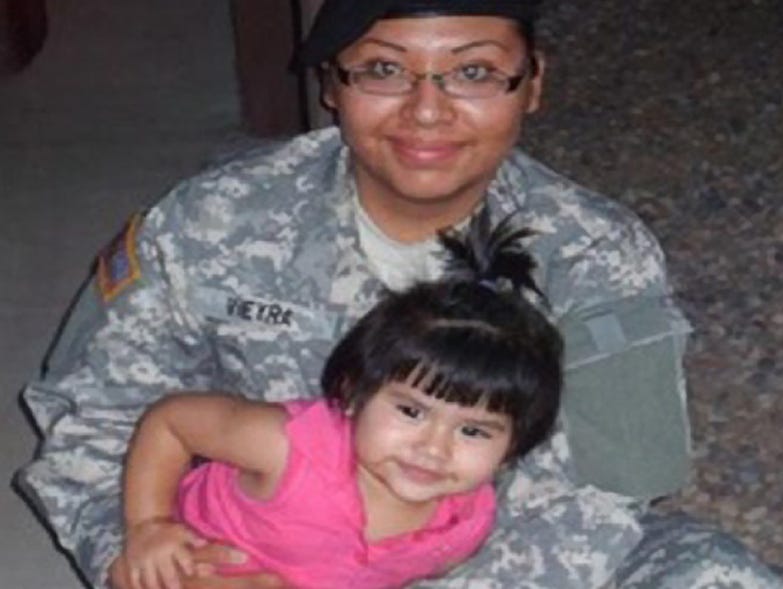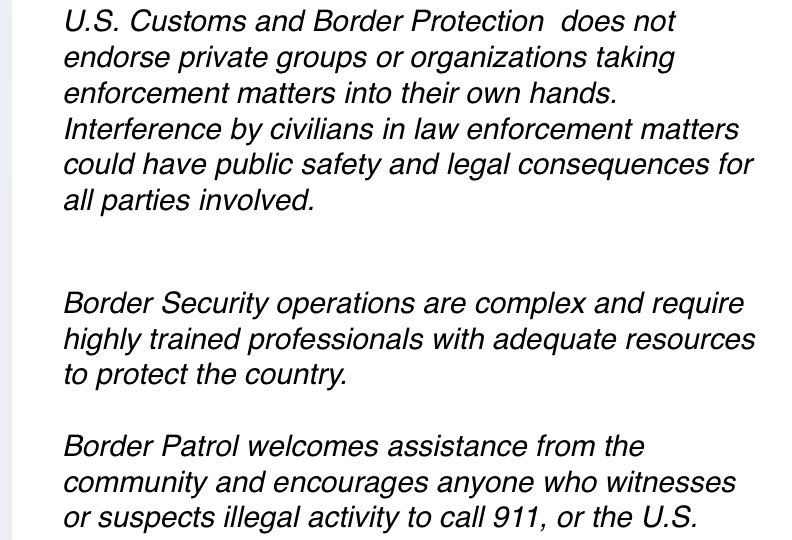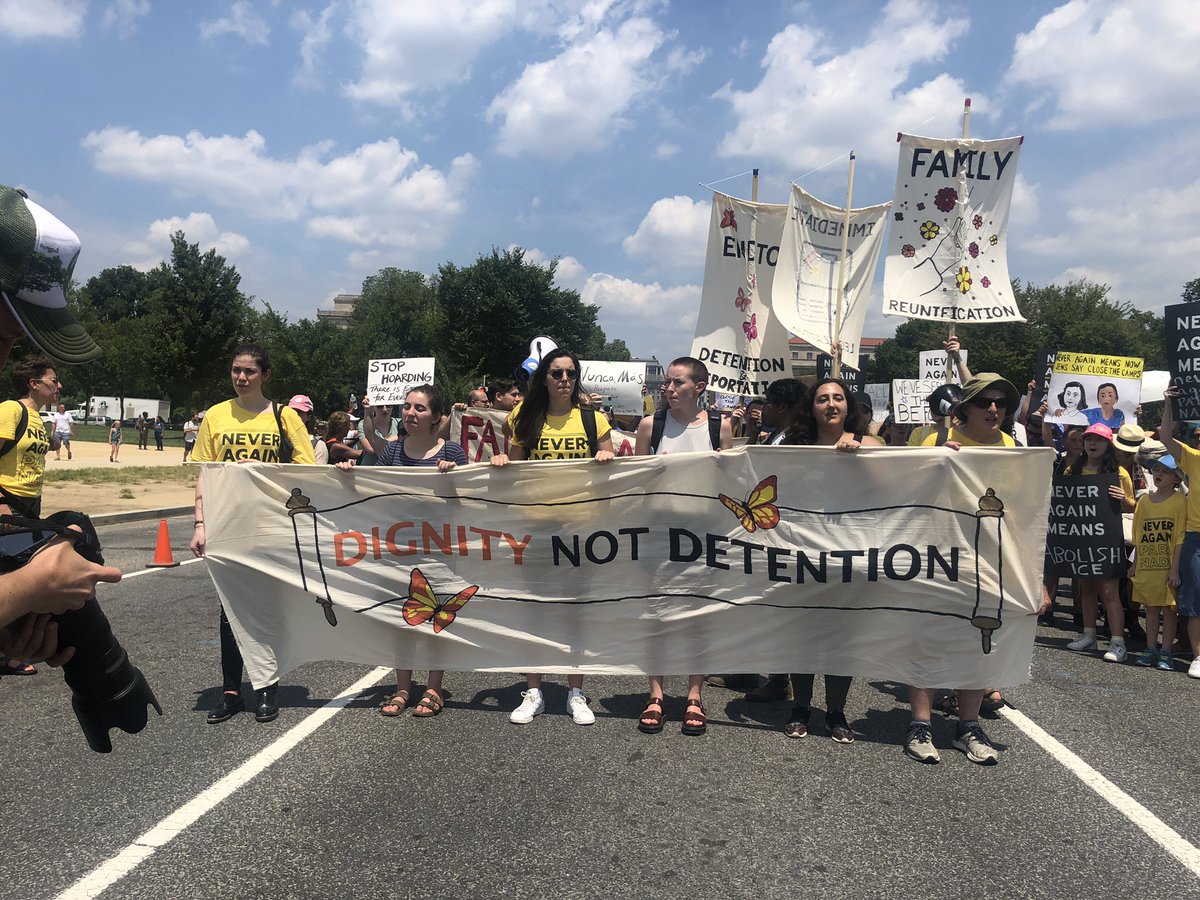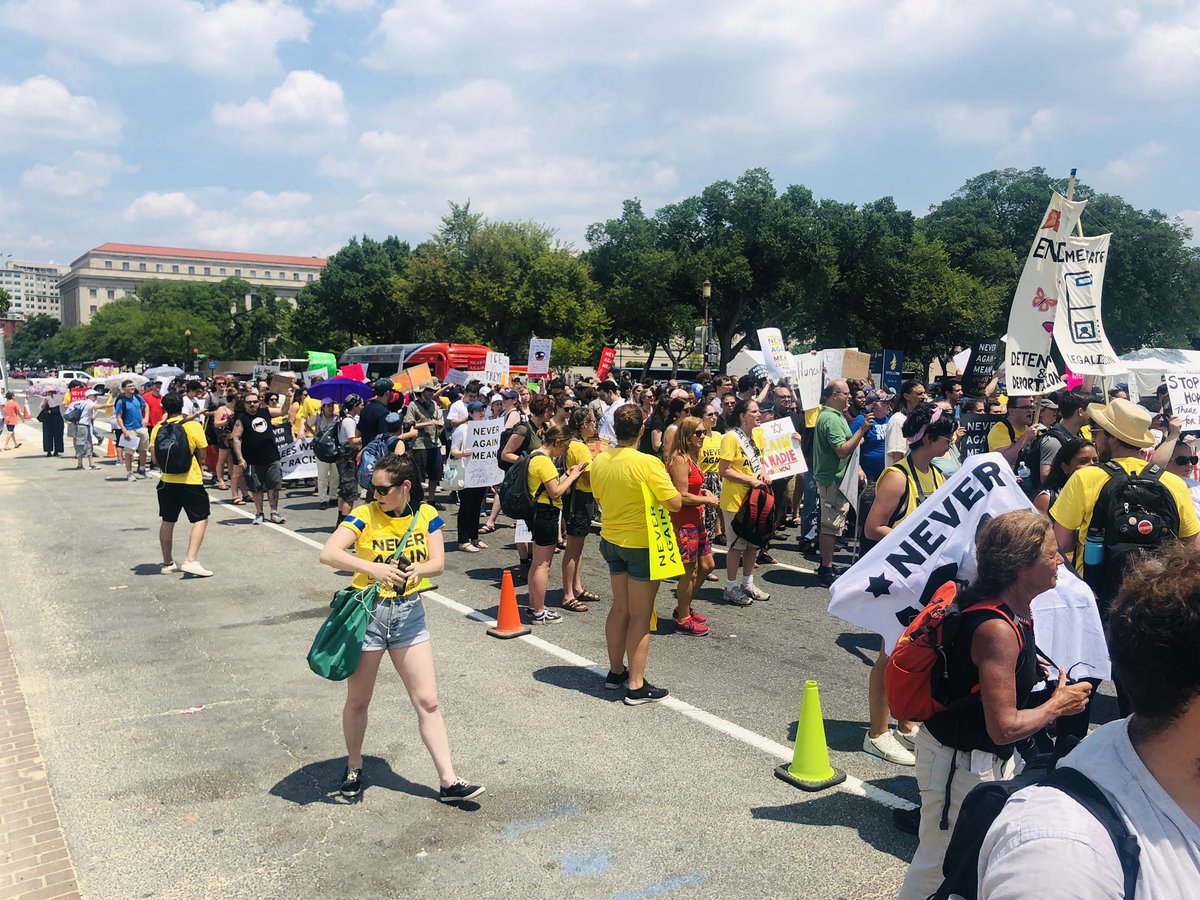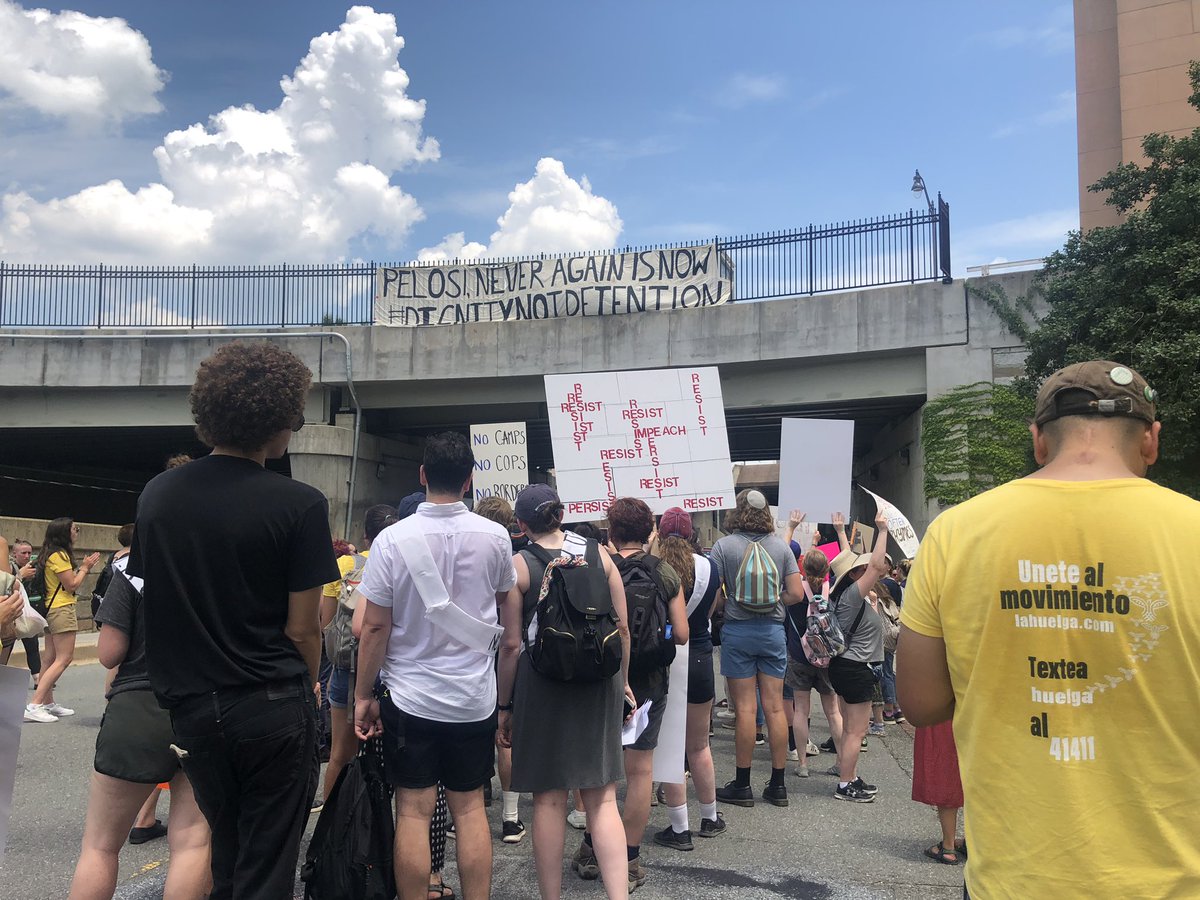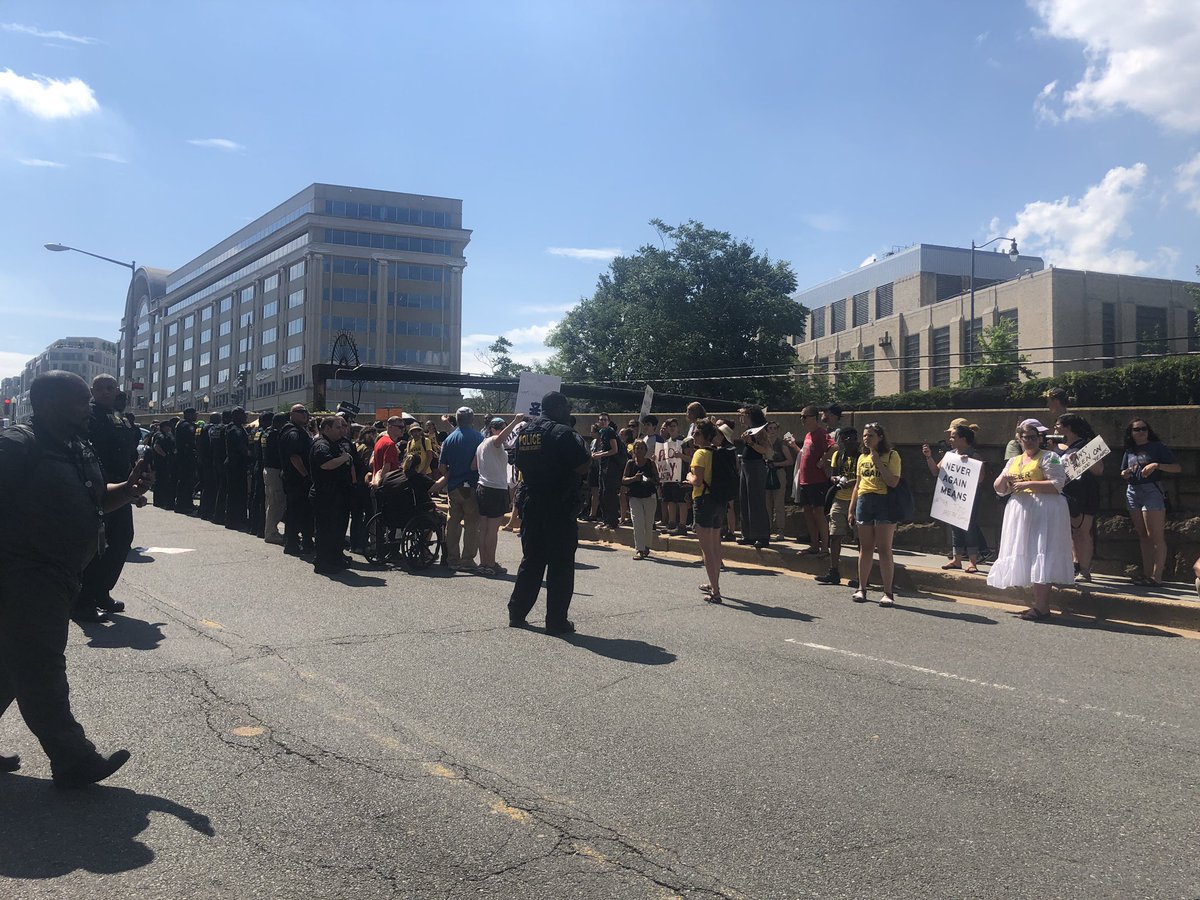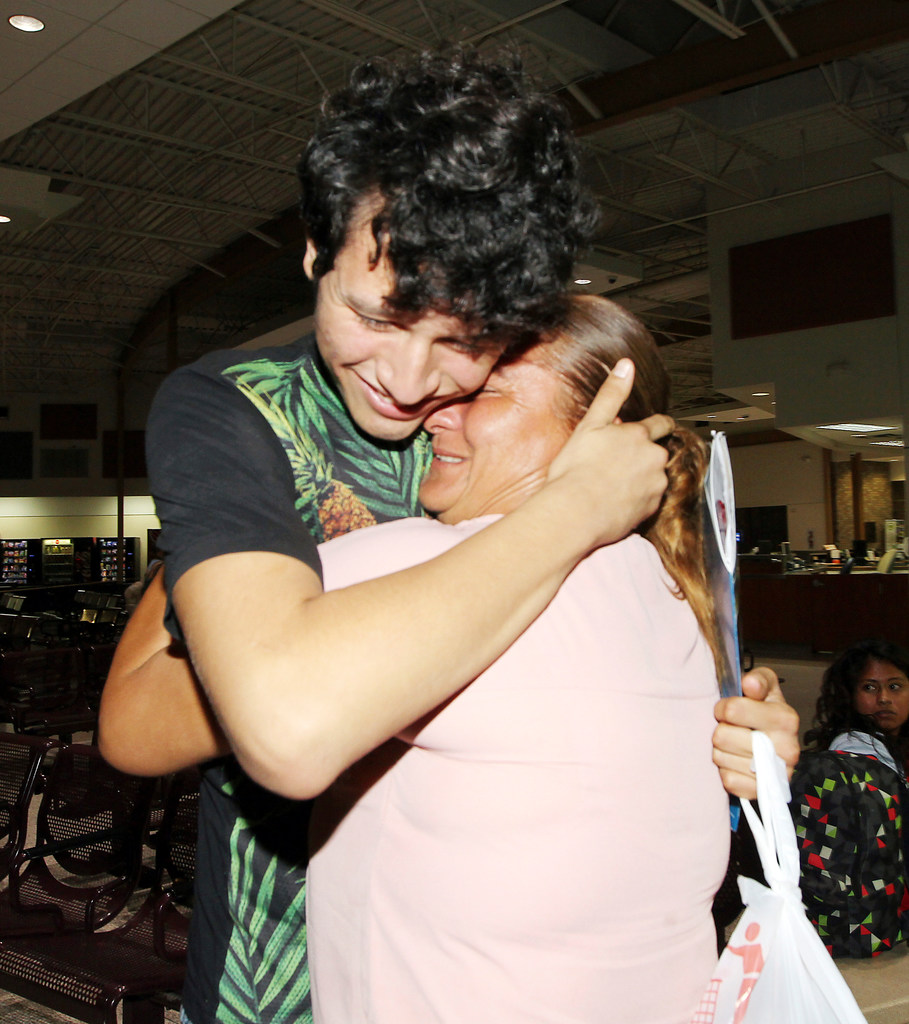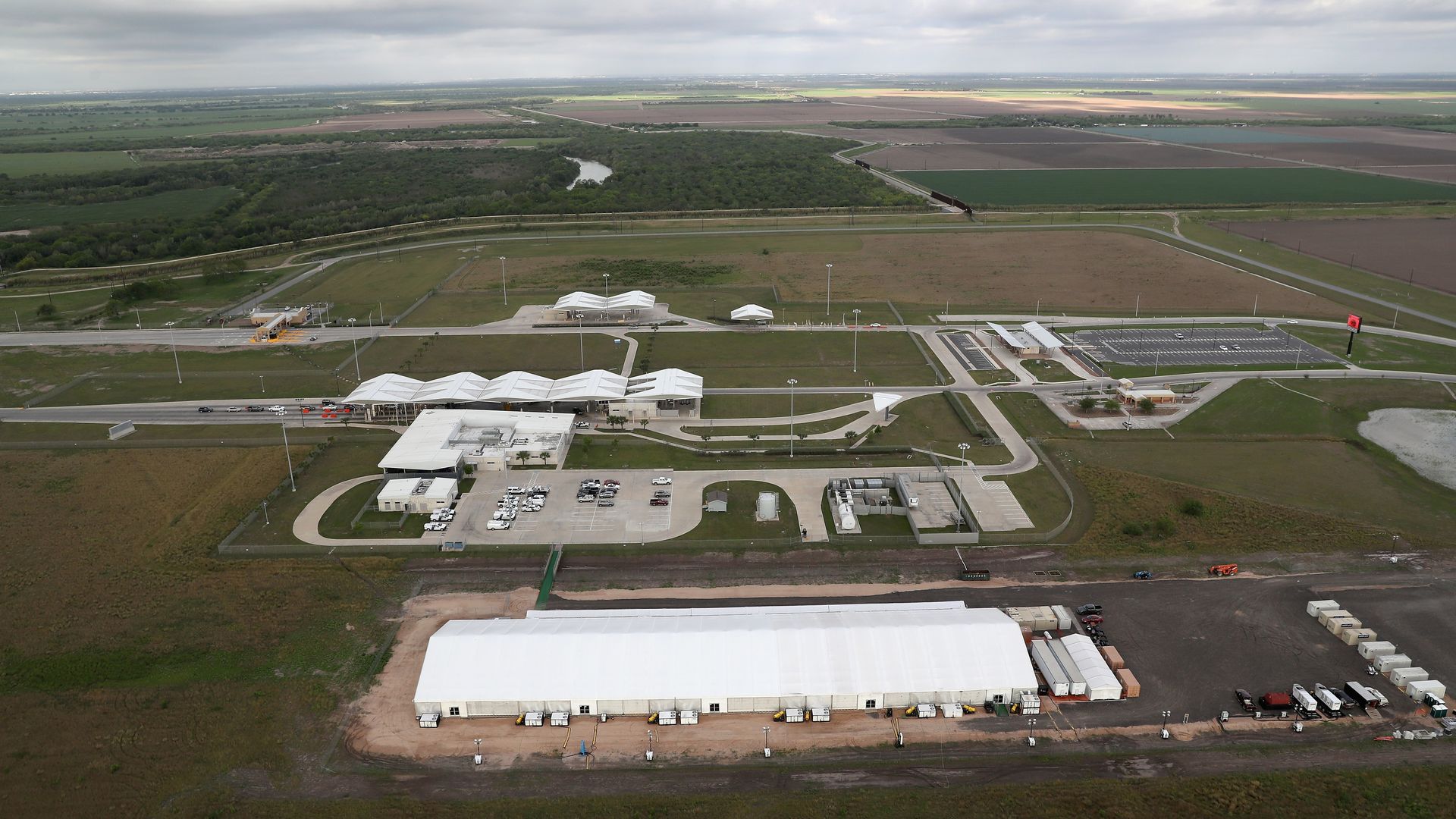April 30, 2018 Issue
How American Racism Influenced HitlerScholars are mapping the international precursors of Nazism.
By Alex Ross
April 23, 2018
Hitler, circa 1923. Five years later, he noted, approvingly, that white Americans had “gunned down . . . millions of redskins.”Photograph from Hulton-Deutsch Collection / Corbis / Getty
“History teaches, but has no pupils,” the Marxist philosopher Antonio Gramsci wrote. That line comes to mind when I browse in the history section of a bookstore. An adage in publishing is that you can never go wrong with books about Lincoln, Hitler, and dogs; an alternative version names golfing, Nazis, and cats. In Germany, it’s said that the only surefire magazine covers are ones that feature Hitler or sex. Whatever the formula, Hitler and Nazism prop up the publishing business: hundreds of titles appear each year, and the total number runs well into the tens of thousands. On store shelves, they stare out at you by the dozens, their spines steeped in the black-white-and-red of the Nazi flag, their titles barking in Gothic type, their covers studded with swastikas. The back catalogue includes “I Was Hitler’s Pilot,” “I Was Hitler’s Chauffeur,” “I Was Hitler’s Doctor,” “Hitler, My Neighbor,” “Hitler Was My Friend,” “He Was My Chief,” and “Hitler Is No Fool.” Books have been written about Hitler’s youth, his years in Vienna and Munich, his service in the First World War, his assumption of power, his library, his taste in art, his love of film, his relations with women, and his predilections in interior design (“Hitler at Home”).
Why do these books pile up in such unreadable numbers? This may seem a perverse question. The Holocaust is the greatest crime in history, one that people remain desperate to understand. Germany’s plunge from the heights of civilization to the depths of barbarism is an everlasting shock. Still, these swastika covers trade all too frankly on Hitler’s undeniable flair for graphic design. (The Nazi flag was apparently his creation—finalized after “innumerable attempts,” according to “Mein Kampf.”) Susan Sontag, in her 1975 essay “Fascinating Fascism,” declared that the appeal of Nazi iconography had become erotic, not only in S & M circles but also in the wider culture. It was, Sontag wrote, a “response to an oppressive freedom of choice in sex (and, possibly, in other matters), to an unbearable degree of individuality.” Neo-Nazi movements have almost certainly fed on the perpetuation of Hitler’s negative mystique.
Americans have an especially insatiable appetite for Nazi-themed books, films, television shows, documentaries, video games, and comic books. Stories of the Second World War console us with memories of the days before Vietnam, Cambodia, and Iraq, when the United States was the world’s good-hearted superpower, riding to the rescue of a Europe paralyzed by totalitarianism and appeasement. Yet an eerie continuity became visible in the postwar years, as German scientists were imported to America and began working for their former enemies; the resulting technologies of mass destruction exceeded Hitler’s darkest imaginings. The Nazis idolized many aspects of American society: the cult of sport, Hollywood production values, the mythology of the frontier. From boyhood on, Hitler devoured the Westerns of the popular German novelist Karl May. In 1928, Hitler remarked, approvingly, that white settlers in America had “gunned down the millions of redskins to a few hundred thousand.” When he spoke of Lebensraum, the German drive for “living space” in Eastern Europe, he often had America in mind.
Among recent books on Nazism, the one that may prove most disquieting for American readers is James Q. Whitman’s “Hitler’s American Model: The United States and the Making of Nazi Race Law” (Princeton). On the cover, the inevitable swastika is flanked by two red stars. Whitman methodically explores how the Nazis took inspiration from American racism of the late nineteenth and early twentieth centuries. He notes that, in “Mein Kampf,” Hitler praises America as the one state that has made progress toward a primarily racial conception of citizenship, by “excluding certain races from naturalization.” Whitman writes that the discussion of such influences is almost taboo, because the crimes of the Third Reich are commonly defined as “the nefandum, the unspeakable descent into what we often call ‘radical evil.’ ” But the kind of genocidal hatred that erupted in Germany had been seen before and has been seen since. Only by stripping away its national regalia and comprehending its essential human form do we have any hope of vanquishing it.
The vast literature on Hitler and Nazism keeps circling around a few enduring questions. The first is biographical: How did an Austrian watercolor painter turned military orderly emerge as a far-right German rabble-rouser after the First World War? The second is sociopolitical: How did a civilized society come to embrace Hitler’s extreme ideas? The third has to do with the intersection of man and regime: To what extent was Hitler in control of the apparatus of the Third Reich? All these questions point to the central enigma of the Holocaust, which has variously been interpreted as a premeditated action and as a barbaric improvisation. In our current age of unapologetic racism and resurgent authoritarianism, the mechanics of Hitler’s rise are a particularly pressing matter. For dismantlers of democracy, there is no better exemplar.
Since 1945, the historiography of Nazism has undergone several broad transformations, reflecting political pressures both within Germany and abroad. In the early Cold War period, the emergence of West Germany as a bulwark against the Soviet menace tended to discourage a closer interrogation of German cultural values. The first big postwar biography of Hitler, by the British historian Alan Bullock, published in 1952, depicted him as a charlatan, a manipulator, an “opportunist entirely without principle.” German thinkers often skirted the issue of Hitler, preferring systemic explanations. Hannah Arendt’s “The Origins of Totalitarianism” suggested that dictatorial energies draw on the loneliness of the modern subject.
In the sixties and seventies, as Cold War Realpolitik receded and the full horror of the Holocaust sank in, many historians adopted what is known as the Sonderweg thesis—the idea that Germany had followed a “special path” in the nineteenth and early twentieth centuries, different from that of other Western nations. In this reading, the Germany of the Wilhelmine period had failed to develop along healthy liberal-democratic lines; the inability to modernize politically prepared the ground for Nazism. In Germany, left-oriented scholars like Hans Mommsen used this concept to call for a greater sense of collective responsibility; to focus on Hitler was an evasion, the argument went, implying that Nazism was something that he did to us. Mommsen outlined a “cumulative radicalization” of the Nazi state in which Hitler functioned as a “weak dictator,” ceding policy-making to competing bureaucratic agencies. Abroad, the Sonderweg theory took on a punitive edge, indicting all of German history and culture. William Manchester’s 1968 book, “The Arms of Krupp,” ends with a lurid image of “the first grim Aryan savage crouched in his garment of coarse skins, his crude javelin poised, tense and alert, cloaked by night and fog, ready; waiting; and waiting.”
The Sonderweg argument was attacked on multiple fronts. In what became known as the Historikerstreit (“Historians’ Dispute”), right-wing scholars in Germany proposed that the nation end its ritual self-flagellation: they reframed Nazism as a reaction to Bolshevism and recast the Holocaust as one genocide among many. Joachim Fest, who had published the first big German-language biography of Hitler, also stood apart from the Sonderweg school. By portraying the Führer as an all-dominating, quasi-demonic figure, Fest effectively placed less blame on the Weimar Republic conservatives who put Hitler in office. More dubious readings presented Hitlerism as an experiment that modernized Germany and then went awry. Such ideas have lost ground in Germany, at least for now: in mainstream discourse there, it is axiomatic to accept responsibility for the Nazi terror.
“It’s not what it looks like. The sex is horrible, and we’re miserable.”
Outside Germany, many critiques of the Sonderweg thesis came from the left. The British scholars Geoff Eley and David Blackbourn, in their 1984 book “The Peculiarities of German History,” questioned the “tyranny of hindsight”—the lordly perspective that reduces a complex, contingent sequence of events to an irreversible progression. In the allegedly backward Kaiserreich, Eley and Blackbourn saw various liberalizing forces in motion: housing reform, public-health initiatives, an emboldened press. It was a society riddled with anti-Semitism, yet it witnessed no upheaval on the scale of the Dreyfus Affair or the Tiszaeszlár blood-libel affair in Hungary. Eley and Blackbourn also questioned whether élitist, imperialist Britain should be held up as the modern paragon. The Sonderweg narrative could become an exculpatory fairy tale for other nations: we may make mistakes, but we will never be as bad as the Germans.
Get the best of The New Yorker every day, in your in-box.
Sign me up
VIDEO FROM THE NEW YORKER
Crossword Puzzles with a Side of Millennial Socialism
Ian Kershaw’s monumental two-volume biography (1998-2000) found a plausible middle ground between “strong” and “weak” images of Hitler in power. With his nocturnal schedule, his dislike of paperwork, and his aversion to dialogue, Hitler was an eccentric executive, to say the least. To make sense of a dictatorship in which the dictator was intermittently absent, Kershaw expounded the concept of “working towards the Führer”: when explicit direction from Hitler was lacking, Nazi functionaries guessed at what he wanted, and often further radicalized his policies. Even as debates about the nature of Hitler’s leadership go back and forth, scholars largely agree that his ideology was more or less fixed from the mid-twenties onward. His two abiding obsessions were violent anti-Semitism and Lebensraum. As early as 1921, he spoke of confining Jews to concentration camps, and in 1923 he contemplated—and, for the moment, rejected—the idea of killing the entire Jewish population. The Holocaust was the result of a hideous syllogism: if Germany were to expand into the East, where millions of Jews lived, those Jews would have to vanish, because Germans could not coexist with them.
People have been trying to fathom Hitler’s psyche for nearly a century. Ron Rosenbaum, in his 1998 book “Explaining Hitler,” gives a tour of the more outré theories. It has been suggested, variously, that the key to understanding Hitler is the fact that he had an abusive father; that he was too close to his mother; that he had a Jewish grandfather; that he had encephalitis; that he contracted syphilis from a Jewish prostitute; that he blamed a Jewish doctor for his mother’s death; that he was missing a testicle; that he underwent a wayward hypnosis treatment; that he was gay; that he harbored coprophilic fantasies about his niece; that he was addled by drugs; or—a personal favorite—that his anti-Semitism was triggered by briefly attending school with Ludwig Wittgenstein, in Linz. At the root of this speculative mania is what Rosenbaum calls the “lost safe-deposit box” mentality: with sufficient sleuthing, the mystery can be solved in one Sherlockian stroke.
Academic historians, by contrast, often portray Hitler as a cipher, a nobody. Kershaw has called him a “man without qualities.” Volker Ullrich, a German author and journalist long associated with the weekly Die Zeit, felt the need for a biography that paid more heed to Hitler’s private life. The first volume, “Hitler: Ascent 1889–1939,” was published by Knopf in 2016, in a fluid translation by Jefferson Chase. Ullrich’s Hitler is no tyrant-sorcerer who leads an innocent Germany astray; he is a chameleon, acutely conscious of the image he projects. “The putative void was part of Hitler’s persona, a means of concealing his personal life and presenting himself as a politician who completely identified with his role as leader,” Ullrich writes. Hitler could pose as a cultured gentleman at Munich salons, as a pistol-waving thug at the beer hall, and as a bohemian in the company of singers and actors. He had an exceptional memory that allowed him to assume an air of superficial mastery. His certitude faltered, however, in the presence of women: Ullrich depicts Hitler’s love life as a series of largely unfulfilled fixations. It goes without saying that he was an extreme narcissist lacking in empathy. Much has been made of his love of dogs, but he was cruel to them.
From adolescence onward, Hitler was a dreamer and a loner. Averse to joining groups, much less leading them, he immersed himself in books, music, and art. His ambition to become a painter was hampered by a limited technique and by a telling want of feeling for human figures. When he moved to Vienna, in 1908, he slipped toward the social margins, residing briefly in a homeless shelter and then in a men’s home. In Munich, where he moved in 1913, he eked out a living as an artist and otherwise spent his days in museums and his nights at the opera. He was steeped in Wagner, though he had little apparent grasp of the composer’s psychological intricacies and ambiguities. A sharp portrait of the young Hitler can be found in Thomas Mann’s startling essay “Bruder Hitler,” the English version of which appeared in Esquire in 1939, under the title “That Man Is My Brother.” Aligning Hitler’s experience with his own, Mann wrote of a “basic arrogance, the basic feeling of being too good for any reasonable, honorable activity—based on what? A vague notion of being reserved for something else, something quite indeterminate, which, if it were named, would cause people to break out laughing.”
The claims of “Mein Kampf” notwithstanding, there is no clear evidence that Hitler harbored strongly anti-Semitic views in his youth or in early adulthood. Indeed, he seems to have had friendly relations with several Jews in Vienna and Munich. This does not mean that he was free of commonplace anti-Jewish prejudice. Certainly, he was a fervent German nationalist. When the First World War commenced, in 1914, he volunteered for the German Army, and acquitted himself well as a soldier. For most of the war, he served as a dispatch runner for his regiment’s commanders. The first trace of a swing to the right comes in a letter from 1915, in which Hitler expressed the hope that the war would bring an end to Germany’s “inner internationalism.”
The historian Thomas Weber, who recounted Hitler’s soldier years in the 2010 book “Hitler’s First War,” has now written “Becoming Hitler: The Making of a Nazi” (Basic), a study of the postwar metamorphosis. Significantly, Hitler remained in the Army after the Armistice; disgruntled nationalist soldiers tended to join paramilitary groups. Because the Social Democratic parties were dominant at the founding of the Weimar Republic, Hitler was representing a leftist government. He even served the short-lived Bavarian Soviet Republic. It is doubtful, though, that he had active sympathies for the left; he probably stayed in the Army because, as Weber writes, it “provided a raison d’être for his existence.” As late as his thirtieth birthday, in April, 1919, there was no sign of the Führer-to-be.
The unprecedented anarchy of postwar Bavaria helps explain what happened next. Street killings were routine; politicians were assassinated on an almost weekly basis. The left was blamed for the chaos, and anti-Semitism escalated for the same reason: several prominent leaders of the left were Jewish. Then came the Treaty of Versailles, which was signed in June, 1919. Robert Gerwarth, in “The Vanquished: Why the First World War Failed to End” (Farrar, Straus & Giroux), emphasizes the whiplash effect that the treaty had on the defeated Central Powers. As Gerwarth writes, German and Austrian politicians believed that they had “broken with the autocratic traditions of the past, thus fulfilling the key criteria of Wilson’s Fourteen Points for a ‘just peace.’ ” The harshness of the terms of Versailles belied that idealistic rhetoric.
The day after Germany ratified the treaty, Hitler began attending Army propaganda classes aimed at repressing revolutionary tendencies. These infused him with hard-core anti-capitalist and anti-Semitic ideas. The officer in charge of the program was a tragic figure named Karl Mayr, who later forsook the right wing for the left; he died in Buchenwald, in 1945. Mayr described Hitler as a “tired stray dog looking for a master.” Having noticed Hitler’s gift for public speaking, Mayr installed him as a lecturer and sent him out to observe political activities in Munich. In September, 1919, Hitler came across the German Workers’ Party, a tiny fringe faction. He spoke up at one of its meetings and joined its ranks. Within a few months, he had become the leading orator of the group, which was renamed the National Socialist German Workers’ Party.
If Hitler’s radicalization occurred as rapidly as this—and not all historians agree that it did—the progression bears an unsettling resemblance to stories that we now read routinely in the news, of harmless-seeming, cat-loving suburbanites who watch white-nationalist videos on YouTube and then join a neo-Nazi group on Facebook. But Hitler’s embrace of belligerent nationalism and murderous anti-Semitism is not in itself historically significant; what mattered was his gift for injecting that rhetoric into mainstream discourse. Peter Longerich’s “Hitler: Biographie,” a thirteen-hundred-page tome that appeared in Germany in 2015, gives a potent picture of Hitler’s skills as a speaker, organizer, and propagandist. Even those who found his words repulsive were mesmerized by him. He would begin quietly, almost haltingly, testing out his audience and creating suspense. He amused the crowd with sardonic asides and actorly impersonations. The musical structure was one of crescendo toward triumphant rage. Longerich writes, “It was this eccentric style, almost pitiable, unhinged, obviously not well trained, at the same time ecstatically over-the-top, that evidently conveyed to his audience the idea of uniqueness and authenticity.”
Above all, Hitler knew how to project himself through the mass media, honing his messages so that they would penetrate the white noise of politics. He fostered the production of catchy graphics, posters, and slogans; in time, he mastered radio and film. Meanwhile, squads of Brown Shirts brutalized and murdered opponents, heightening the very disorder that Hitler had proposed to cure. His most adroit feat came after the failed Beer Hall Putsch, in 1923, which should have ended his political career. At the trial that followed, Hitler polished his personal narrative, that of a simple soldier who had heard the call of destiny. In prison, he wrote the first part of “Mein Kampf,” in which he completed the construction of his world view.
To many liberal-minded Germans of the twenties, Hitler was a scary but ludicrous figure who did not seem to represent a serious threat. The Weimar Republic stabilized somewhat in the middle of the decade, and the Nazi share of the vote languished in the low single-digit figures. The economic misery of the late twenties and early thirties provided another opportunity, which Hitler seized. Benjamin Carter Hett deftly summarizes this dismal period in “The Death of Democracy: Hitler’s Rise to Power and the Downfall of the Weimar Republic” (Henry Holt). Conservatives made the gargantuan mistake of seeing Hitler as a useful tool for rousing the populace. They also undermined parliamentary democracy, flouted regional governments, and otherwise set the stage for the Nazi state. The left, meanwhile, was divided against itself. At Stalin’s urging, many Communists viewed the Social Democrats, not the Nazis, as the real enemy—the “social fascists.” The media got caught up in pop-culture distractions; traditional liberal newspapers were losing circulation. Valiant journalists like Konrad Heiden tried to correct the barrage of Nazi propaganda but found the effort futile, because, as Heiden wrote, “the refutation would be heard, perhaps believed, and definitely forgotten again.”
Hett refrains from poking the reader with too many obvious contemporary parallels, but he knew what he was doing when he left the word “German” out of his title. On the book’s final page, he lays his cards on the table: “Thinking about the end of Weimar democracy in this way—as the result of a large protest movement colliding with complex patterns of elite self-interest, in a culture increasingly prone to aggressive mythmaking and irrationality—strips away the exotic and foreign look of swastika banners and goose-stepping Stormtroopers. Suddenly, the whole thing looks close and familiar.” Yes, it does.
What set Hitler apart from most authoritarian figures in history was his conception of himself as an artist-genius who used politics as his métier. It is a mistake to call him a failed artist; for him, politics and war were a continuation of art by other means. This is the focus of Wolfram Pyta’s “Hitler: Der Künstler als Politiker und Feldherr” (“The Artist as Politician and Commander”), one of the most striking recent additions to the literature. Although the aestheticizing of politics is hardly a new topic—Walter Benjamin discussed it in the nineteen-thirties, as did Mann—Pyta pursues the theme at magisterial length, showing how Hitler debased the Romantic cult of genius to incarnate himself as a transcendent leader hovering above the fray. Goebbels’s propaganda harped on this motif; his diaries imply that he believed it. “Adolf Hitler, I love you because you are both great and simple,” he wrote.
The true artist does not compromise. Defying skeptics and mockers, he imagines the impossible. Such is the tenor of Hitler’s infamous “prophecy” of the destruction of the European Jews, in 1939: “I have often been a prophet, and have generally been laughed at. . . . I believe that the formerly resounding laughter of Jewry in Germany has now choked up in its throat. Today, I want to be a prophet again—if the international Jewish financiers inside and outside Europe should succeed in plunging the nations once more into a world war, then the result will not be the Bolshevization of the earth, and thus the victory of Jewry, but the annihilation of the Jewish race in Europe.” Scholars have long debated when the decision to carry out the Final Solution was made. Most now believe that the Holocaust was an escalating series of actions, driven by pressure both from above and from below. Yet no order was really necessary. Hitler’s “prophecy” was itself an oblique command. In the summer of 1941, as hundreds of thousands of Jews and Slavs were being killed during the invasion of the Soviet Union, Goebbels recalled Hitler remarking that the prophecy was being fulfilled in an “almost uncanny” fashion. This is the language of a connoisseur admiring a masterpiece. Such intellectual atrocities led Theodor W. Adorno to declare that, after Auschwitz, to write poetry is barbaric.
Hitler and Goebbels were the first relativizers of the Holocaust, the first purveyors of false equivalence. “Concentration camps were not invented in Germany,” Hitler said in 1941. “It is the English who are their inventors, using this institution to gradually break the backs of other nations.” The British had operated camps in South Africa, the Nazis pointed out. Party propagandists similarly highlighted the sufferings of Native Americans and Stalin’s slaughter in the Soviet Union. In 1943, Goebbels triumphantly broadcast news of the Katyn Forest massacre, in the course of which the Soviet secret police killed more than twenty thousand Poles. (Goebbels wanted to show footage of the mass graves, but generals overruled him.) Nazi sympathizers carry on this project today, alternately denying the Holocaust and explaining it away.
The magnitude of the abomination almost forbids that it be mentioned in the same breath as any other horror. Yet the Holocaust has unavoidable international dimensions—lines of influence, circles of complicity, moments of congruence. Hitler’s “scientific anti-Semitism,” as he called it, echoed the French racial theorist Arthur de Gobineau and anti-Semitic intellectuals who normalized venomous language during the Dreyfus Affair. The British Empire was Hitler’s ideal image of a master race in dominant repose. “The Protocols of the Elders of Zion,” a Russian forgery from around 1900, fuelled the Nazis’ paranoia. The Armenian genocide of 1915-16 encouraged the belief that the world community would care little about the fate of the Jews. Just before the outbreak of the Second World War, Hitler spoke of the planned mass murder of Poles and asked, “Who, after all, is today speaking about the destruction of the Armenians?” The Nazis found collaborators in almost every country that they invaded. In one Lithuanian town, a crowd cheered while a local man clubbed dozens of Jewish people to death. He then stood atop the corpses and played the Lithuanian anthem on an accordion. German soldiers looked on, taking photographs.
The mass killings by Stalin and Hitler existed in an almost symbiotic relationship, the one giving license to the other, in remorseless cycles of revenge. Large-scale deportations of Jews from the countries of the Third Reich followed upon Stalin’s deportation of the Volga Germans. Reinhard Heydrich, one of the chief planners of the Holocaust, thought that, once the Soviet Union had been defeated, the Jews of Europe could be left to die in the Gulag. The most dangerous claim made by right-wing historians during the Historikerstreit was that Nazi terror was a response to Bolshevik terror, and was therefore to some degree excusable. One can, however, keep the entire monstrous landscape in view without minimizing the culpability of perpetrators on either side. This was the achievement of Timothy Snyder’s profoundly disturbing 2010 book, “Bloodlands,” which seems to fix cameras in spots across Eastern Europe, recording wave upon wave of slaughter.
As for Hitler and America, the issue goes beyond such obvious suspects as Henry Ford and Charles Lindbergh. Whitman’s “Hitler’s American Model,” with its comparative analysis of American and Nazi race law, joins such previous studies as Carroll Kakel’s “The American West and the Nazi East,” a side-by-side discussion of Manifest Destiny and Lebensraum; and Stefan Kühl’s “The Nazi Connection,” which describes the impact of the American eugenics movement on Nazi thinking. This literature is provocative in tone and, at times, tendentious, but it engages in a necessary act of self-examination, of a kind that modern Germany has exemplified.
The Nazis were not wrong to cite American precedents. Enslavement of African-Americans was written into the U.S. Constitution. Thomas Jefferson spoke of the need to “eliminate” or “extirpate” Native Americans. In 1856, an Oregonian settler wrote, “Extermination, however unchristianlike it may appear, seems to be the only resort left for the protection of life and property.” General Philip Sheridan spoke of “annihilation, obliteration, and complete destruction.” To be sure, others promoted more peaceful—albeit still repressive—policies. The historian Edward B. Westermann, in “Hitler’s Ostkrieg and the Indian Wars” (Oklahoma), concludes that, because federal policy never officially mandated the “physical annihilation of the Native populations on racial grounds or characteristics,” this was not a genocide on the order of the Shoah. The fact remains that between 1500 and 1900 the Native population of U.S. territories dropped from many millions to around two hundred thousand.
America’s knack for maintaining an air of robust innocence in the wake of mass death struck Hitler as an example to be emulated. He made frequent mention of the American West in the early months of the Soviet invasion. The Volga would be “our Mississippi,” he said. “Europe—and not America—will be the land of unlimited possibilities.” Poland, Belarus, and Ukraine would be populated by pioneer farmer-soldier families. Autobahns would cut through fields of grain. The present occupants of those lands—tens of millions of them—would be starved to death. At the same time, and with no sense of contradiction, the Nazis partook of a long-standing German romanticization of Native Americans. One of Goebbels’s less propitious schemes was to confer honorary Aryan status on Native American tribes, in the hope that they would rise up against their oppressors.
Jim Crow laws in the American South served as a precedent in a stricter legal sense. Scholars have long been aware that Hitler’s regime expressed admiration for American race law, but they have tended to see this as a public-relations strategy—an “everybody does it” justification for Nazi policies. Whitman, however, points out that if these comparisons had been intended solely for a foreign audience they would not have been buried in hefty tomes in Fraktur type. “Race Law in the United States,” a 1936 study by the German lawyer Heinrich Krieger, attempts to sort out inconsistencies in the legal status of nonwhite Americans. Krieger concludes that the entire apparatus is hopelessly opaque, concealing racist aims behind contorted justifications. Why not simply say what one means? This was a major difference between American and German racism.
American eugenicists made no secret of their racist objectives, and their views were prevalent enough that F. Scott Fitzgerald featured them in “The Great Gatsby.” (The cloddish Tom Buchanan, having evidently read Lothrop Stoddard’s 1920 tract “The Rising Tide of Color Against White World-Supremacy,” says, “The idea is if we don’t look out the white race will be—will be utterly submerged.”) California’s sterilization program directly inspired the Nazi sterilization law of 1934. There are also sinister, if mostly coincidental, similarities between American and German technologies of death. In 1924, the first execution by gas chamber took place, in Nevada. In a history of the American gas chamber, Scott Christianson states that the fumigating agent Zyklon-B, which was licensed to American Cyanamid by the German company I. G. Farben, was considered as a lethal agent but found to be impractical. Zyklon-B was, however, used to disinfect immigrants as they crossed the border at El Paso—a practice that did not go unnoticed by Gerhard Peters, the chemist who supplied a modified version of Zyklon-B to Auschwitz. Later, American gas chambers were outfitted with a chute down which poison pellets were dropped. Earl Liston, the inventor of the device, explained, “Pulling a lever to kill a man is hard work. Pouring acid down a tube is easier on the nerves, more like watering flowers.” Much the same method was introduced at Auschwitz, to relieve stress on S.S. guards.
When Hitler praised American restrictions on naturalization, he had in mind the Immigration Act of 1924, which imposed national quotas and barred most Asian people altogether. For Nazi observers, this was evidence that America was evolving in the right direction, despite its specious rhetoric about equality. The Immigration Act, too, played a facilitating role in the Holocaust, because the quotas prevented thousands of Jews, including Anne Frank and her family, from reaching America. In 1938, President Roosevelt called for an international conference on the plight of European refugees; this was held in Évian-les-Bains, France, but no substantive change resulted. The German Foreign Office, in a sardonic reply, found it “astounding” that other countries would decry Germany’s treatment of Jews and then decline to admit them.
Hundreds of thousands of Americans died fighting Nazi Germany. Still, bigotry toward Jews persisted, even toward Holocaust survivors. General George Patton criticized do-gooders who “believe that the Displaced person is a human being, which he is not, and this applies particularly to the Jews who are lower than animals.” Leading Nazi scientists had it better. Brian Crim’s “Our Germans: Project Paperclip and the National Security State” (Johns Hopkins) reviews the shady history of Wernher von Braun and his colleagues from the V-2 program. When Braun was captured, in 1945, he realized that the Soviets would become the next archenemy of the American military-industrial complex, and cannily promoted the idea of a high-tech weapons program to ward off the Bolshevik menace. He was able to reconstitute most of his operation Stateside, minus the slave labor. Records were airbrushed; de-Nazification procedures were bypassed (they were considered “demoralizing”); immigration was expedited. J. Edgar Hoover became concerned that Jewish obstructionists in the State Department were asking too many questions about the scientists’ backgrounds. Senator Styles Bridges proposed that the State Department needed a “first-class cyanide fumigating job.”
These chilling points of contact are little more than footnotes to the history of Nazism. But they tell us rather more about modern America. Like a colored dye coursing through the bloodstream, they expose vulnerabilities in the national consciousness. The spread of white-supremacist propaganda on the Internet is the latest chapter. As Zeynep Tufekci recently observed, in the Times, YouTube is a superb vehicle for the circulation of such content, its algorithms guiding users toward ever more inflammatory material. She writes, “Given its billion or so users, YouTube may be one of the most powerful radicalizing instruments of the 21st century.” When I did a search for “Hitler” on YouTube the other day, I was first shown a video labelled “Best Hitler Documentary in color!”—the British production “Hitler in Color.” A pro-Hitler remark was featured atop the comments, and soon, thanks to Autoplay, I was viewing contributions from such users as CelticAngloPress and SoldatdesReiches.
In 1990, Vanity Fair reported that Donald Trump once kept a book of Hitler’s speeches by his bed. When Trump was asked about it, he said, “If I had these speeches, and I am not saying that I do, I would never read them.” Since Trump entered politics, he has repeatedly been compared to Hitler, not least by neo-Nazis. Although some resemblances can be found—at times, Trump appears to be emulating Hitler’s strategy of cultivating rivalries among those under him, and his rallies are cathartic rituals of racism, xenophobia, and self-regard—the differences are obvious and stark. For one thing, Hitler had more discipline. What is worth pondering is how a demagogue of Hitler’s malign skill might more effectively exploit flaws in American democracy. He would certainly have at his disposal craven right-wing politicians who are worthy heirs to Hindenburg, Brüning, Papen, and Schleicher. He would also have millions of citizens who acquiesce in inconceivably potent networks of corporate surveillance and control.
The artist-politician of the future will not bask in the antique aura of Wagner and Nietzsche. He is more likely to take inspiration from the newly minted myths of popular culture. The archetype of the ordinary kid who discovers that he has extraordinary powers is a familiar one from comic books and superhero movies, which play on the adolescent feeling that something is profoundly wrong with the world and that a magic weapon might banish the spell. With one stroke, the inconspicuous outsider assumes a position of supremacy, on a battlefield of pure good against pure evil. For most people, such stories remain fantasy, a means of embellishing everyday life. One day, though, a ruthless dreamer, a loner who has a “vague notion of being reserved for something else,” may attempt to turn metaphor into reality. He might be out there now, cloaked by the blue light of a computer screen, ready, waiting.
https://www.newyorker.com/magazine/2018 ... ced-hitler

